
A few years back, I had the opportunity to live in Germany for a time. The place where I lived included a sizable yard. Often in the mornings, I would stroll through the yard enjoying the freshness of the air before the day got started. One corner of the yard even offered a view of the nearby lake.
Then one morning, as fall crept near, a fine mist greeted me. A low dense fog hung in the air so thick I could feel it. The sky was grey and the view of the lake was gone. The grass in the yard, though cut short, quickly soaked my shoes and pant legs. The whole world seemed damp and grey and mysterious.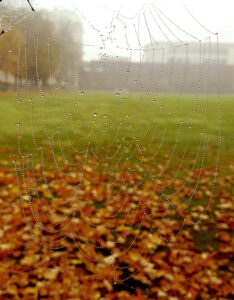
As I strolled through the yard that foggy morning, I saw something I’d never seen before. The hedge that lined one fence was spotted with spider webs!
I’d walked along that very hedge countless times, never noticing a single web, but now they stood out vividly!
Puzzled, I moved closer. I stooped to study one. To my astonishment, every strand of the web held tiny droplets of mist. As a result, the web was illuminated against the green of the hedge.
While spiders are certainly not my favourite critters, I couldn’t help but appreciate the intricate beauty of these glistening webs! At the same time, knowing just how many spider webs existed on those hedges was a little unnerving.
Later that morning, I was able to slip outside for a few minutes again. The world seemed completely transformed. The sun shone warm and friendly. The sky was blue. Not a hint of the mist from the morning remained. Not a single spider web shone with droplets. The beauty of it was gone. Only my memory of the stunningly intricate webs remained. (Until the next morning, that is, when the fog again hung low.)
So why do I share this memory now? What significance does it have?
Sometimes in my life, it feels as though a fog looms near, grey and heavy. Such fog makes it hard to see what I’m doing or where I’m going. Yet in the midst of the grey-ness, the fog illuminates something in me.
Just as the fog illuminated the spider webs, so in my life the fog sometimes brings visibility to things I had not seen before. Perhaps those things will be stunning webs of intricate design. However, they may be ugly, messy strands of cobweb sending a shiver of disgust down my spine.



The Bible uses a different illustration to explain that the way we’ve spent our lives will become visible one day.
“For no one can lay a foundation other than that which is laid, which is Jesus Christ. Now if anyone builds on the foundation with gold, silver, precious stones, wood, hay, straw— each one’s work will become manifest, for the Day will disclose it, because it will be revealed by fire, and the fire will test what sort of work each one has done. If the work that anyone has built on the foundation survives, he will receive a reward. If anyone’s work is burned up, he will suffer loss, though he himself will be saved, but only as through fire.” (1 Corinthians 3:11-15 ESV)
Perhaps the foggy seasons in my life are God’s way of giving me a sneak preview of how I’ve been living? Have I been using my life to build what has lasting beauty, or have I been building with straw and hay, mere cobwebs that will be swept away?
When the fog illuminates those unseen parts of my life, may I remember to bring every concern straight to God. He can help me learn to build what has lasting beauty so that, when the fog rolls in, I may not be ashamed of what I see.
Then I can join Paul in saying:
“I have fought the good fight, I have finished the race, I have kept the faith. Henceforth there is laid up for me the crown of righteousness, which the Lord, the righteous judge, will award to me on that day, and not only to me but also to all who have loved His appearing.” (2 Timothy 4:7-8 ESV)
(If you want to see the incredible spider web photos I used in their original state, you can view them on Unsplash here.)

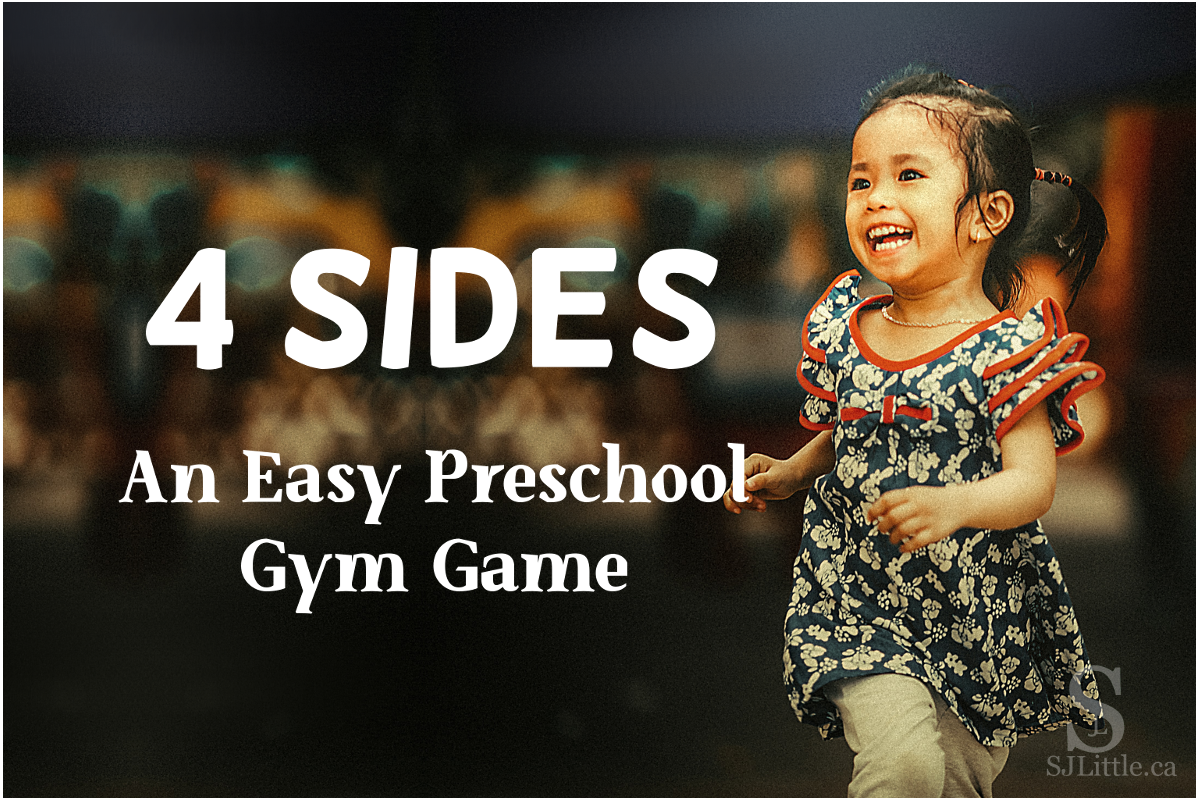
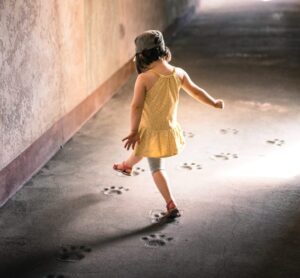
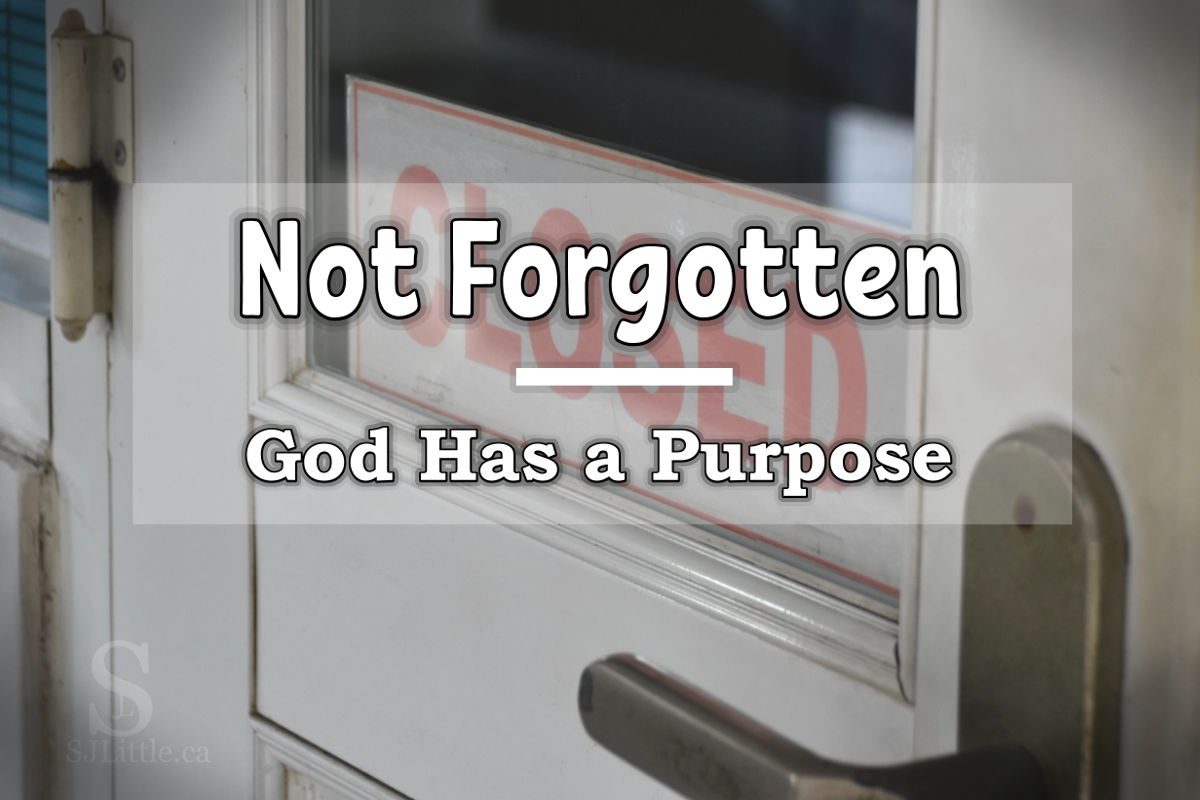

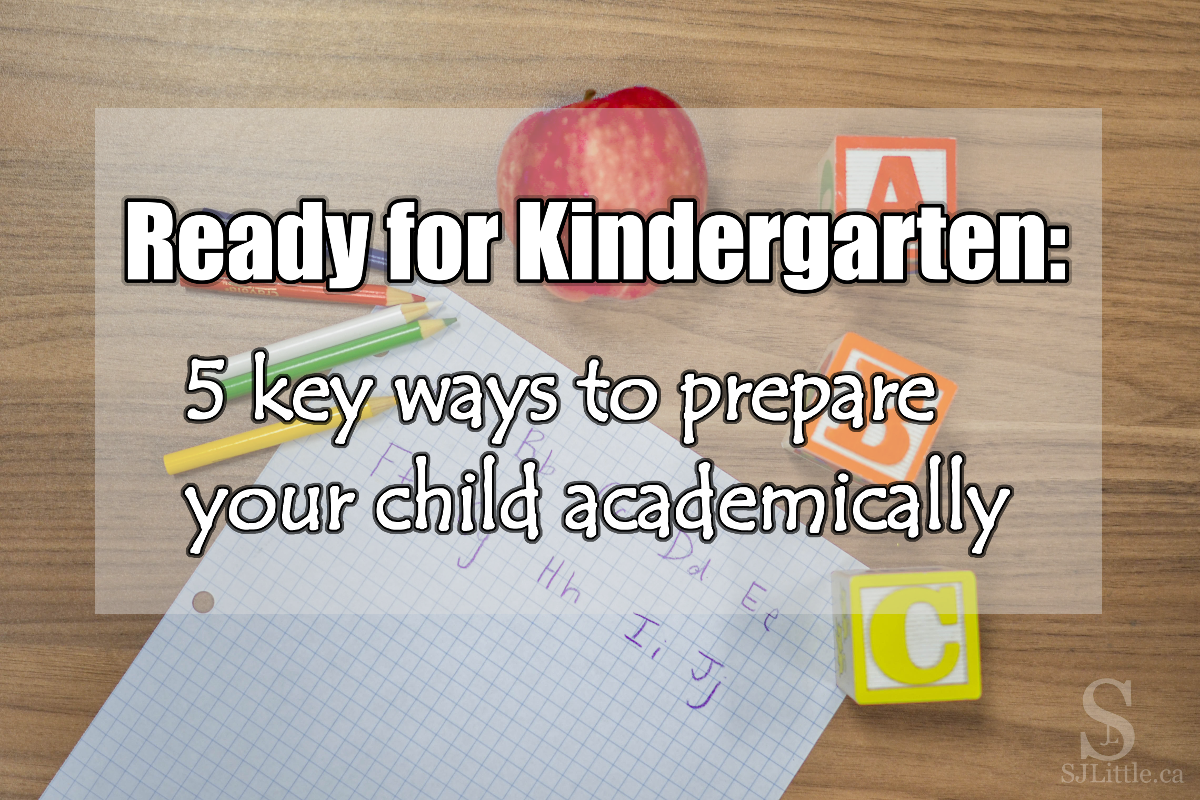
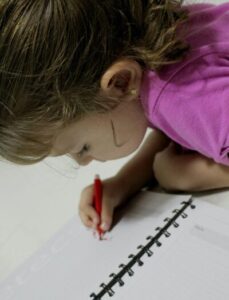 If they show interest in learning to write, by all means, do not hold them back. Perhaps buy them a workbook that shows which way to write each letter. The big key in teaching children to write correctly is thinking about where we start a letter. When we write “M”, we start at the top for each line. When we write “Z” it is one continuous line. A good rule of thumb to follow is that most letters start at the top.
If they show interest in learning to write, by all means, do not hold them back. Perhaps buy them a workbook that shows which way to write each letter. The big key in teaching children to write correctly is thinking about where we start a letter. When we write “M”, we start at the top for each line. When we write “Z” it is one continuous line. A good rule of thumb to follow is that most letters start at the top.
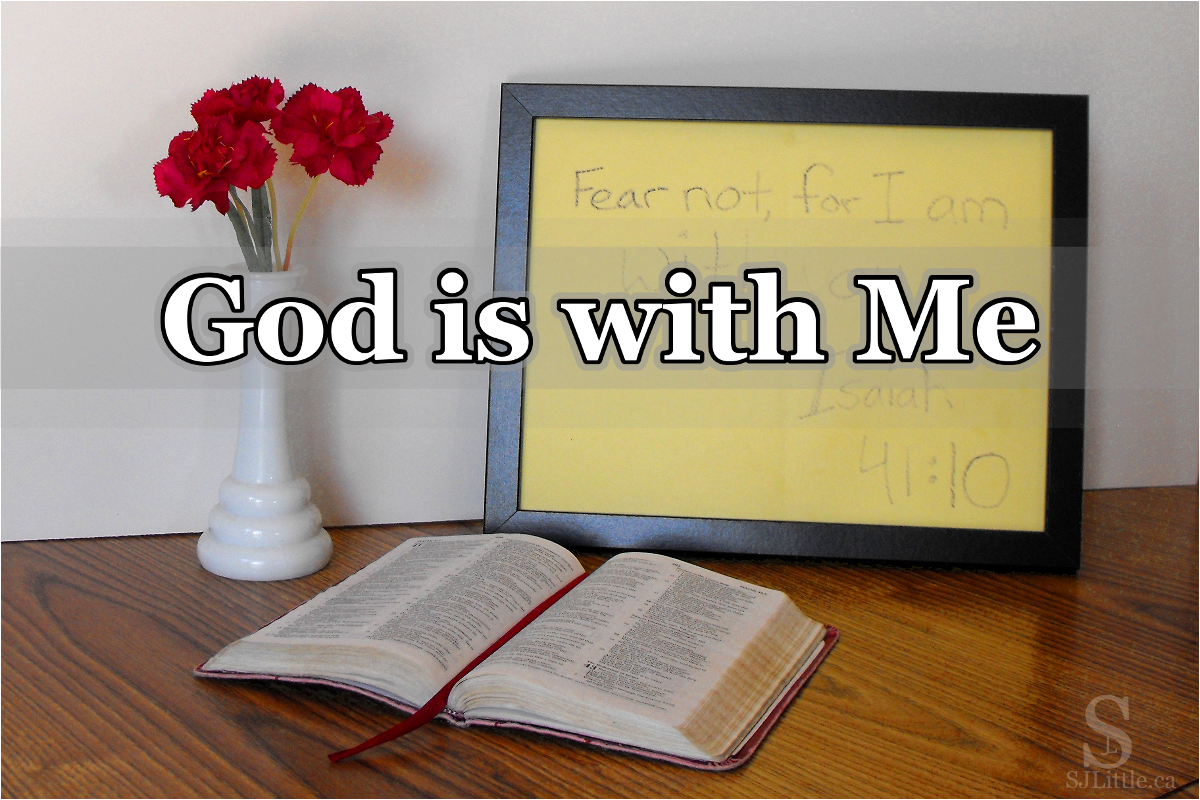
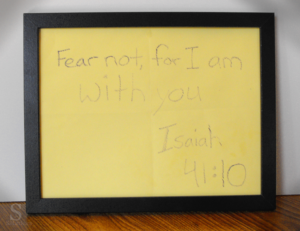 sticky-tack and realized that I hadn’t thought of that verse for quite some time. Indeed, that very day I had been feeling a need to be reminded that God is with me.
sticky-tack and realized that I hadn’t thought of that verse for quite some time. Indeed, that very day I had been feeling a need to be reminded that God is with me.